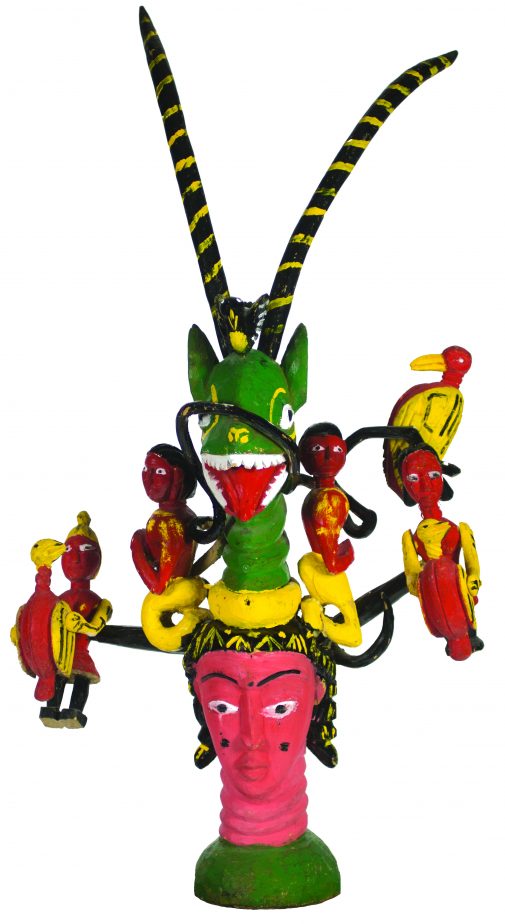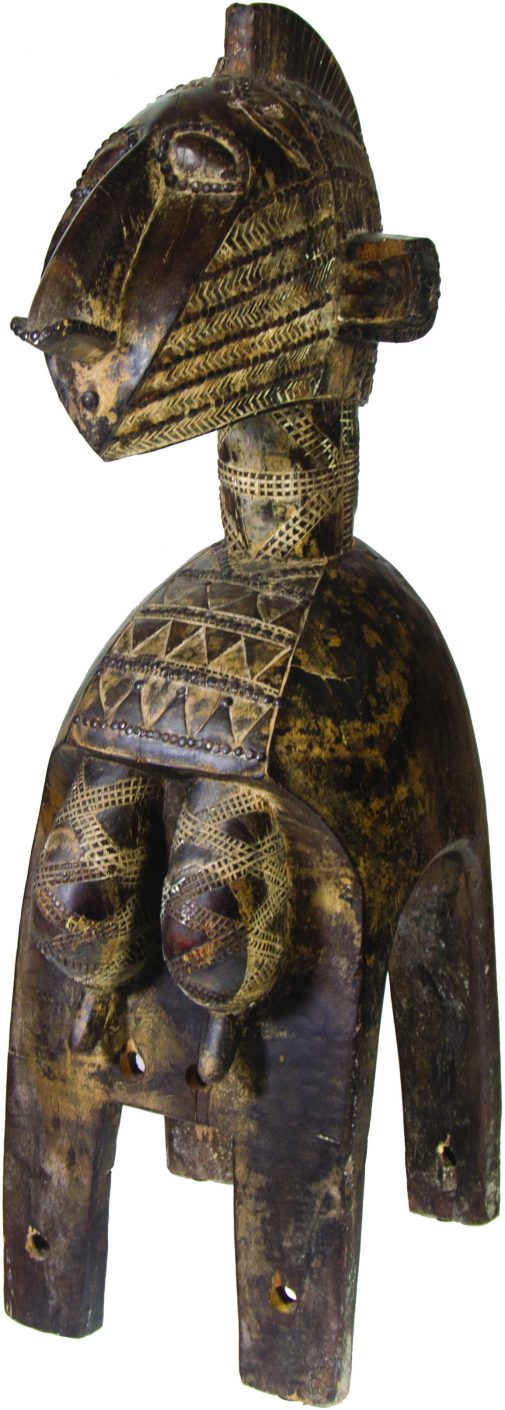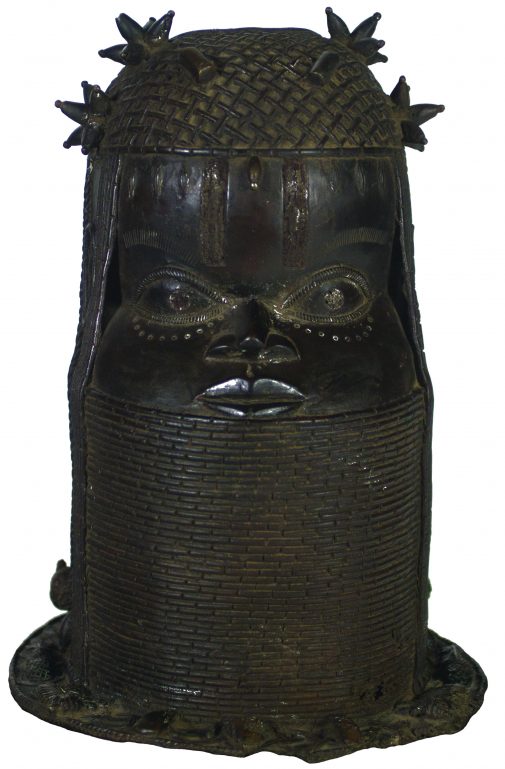Exhibit Explores Diversity of African Art
By
Westmont

Westmont neighbors Fima and Jere Lifshitz, who have collected African art for 40 years, exhibit many of their pieces Feb. 8 through March 24 at the Westmont Ridley-Tree Museum of Art. An opening reception for “Africa through Its Sculpture: Highlights from the Lifshitz Collection” will be Thursday, Feb. 8, from 4-6 p.m. at the museum.

The exhibition will be thematically organized according to topics, including Zoomorphic Forms, Powerful Figures, Royalty, Portraits, Deities and Beliefs, Images of Women, Passages, and The Rediscovery of Nok. The ancient Nok culture is the Iron Age civilization that flourished during the first century before Christ in the area of modern Nigeria.
In the fall of 2017, the couple lent artwork to “Guatemala from 33,000 km: Contemporary Art, 1960-Present.” Judy Larson, R. Anthony Askew professor of art history and museum director, and Chris Rupp, museum collection manager, were invited to the Lifshitz home. “We were amazed by the depth and scope of the collection,” Larson says.
Over the past several decades, the couple has steadily accumulated an impressive collection of modern and contemporary African art, modern and contemporary European art, Latin American art, ceramics, and outdoor sculptures.

“They graciously opened their home to Westmont students in my museum studies course last semester, where they discussed the joys of building a collection,” Larson says. “We hope this exhibition will offer an educational introduction to the history, culture, and diversity within African art to Westmont and the community.”
The exhibition will be accompanied by a separate display of African masks downstairs.
“The English department and a few others have intentionally expanded their coverage of African themes in recent years,” says Provost Mark Sargent, “and this exhibit can certainly enhance our community’s engagement with the aesthetic and intellectual worlds of Africa.
Filed under
Academics, Arts at Westmont, Campus Events, Faculty and Staff, Giving, Press Releases